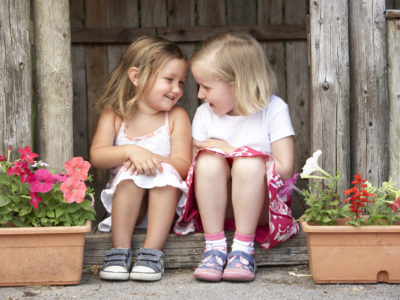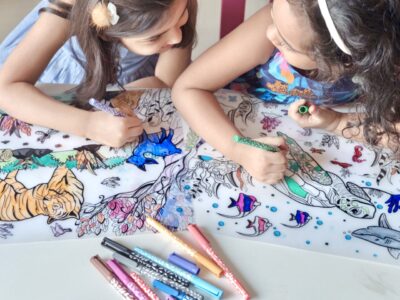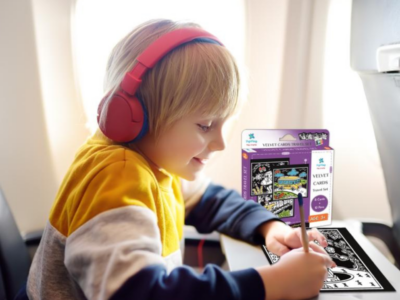Gone are the days when preschools functioned only as a transitional medium for kids before the big school. These days, there is more emphasis on creating a strong foundation to enhance the child’s development and give them a conducive environment to grow in. Preschool is a time for your little one to fall in love with education. The right preschool program should help your child grow and learn in ways that best suit their unique mind.
But how do you know which one is right?
To make the decision easier, check out our guide to five popular preschool philosophies and programs.








